1. David Cassidy: From The Partridge Family to Pop Icon
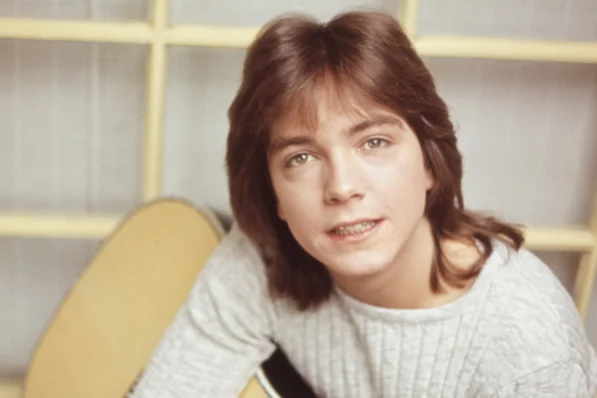
David Cassidy was known for his role as Keith Partridge on The Partridge Family, a show that skyrocketed him to teen idol status in the ’70s. But his talent didn’t stop at acting—he soon made a name for himself as a solo musician. His debut album, Cherish, released in 1971, became a massive hit and showcased his true musical range. Cassidy’s blend of pop and rock struck a chord with fans, and his chart-topping singles, like “I Think I Love You,” became iconic hits of the decade.
His shift from TV star to music sensation was a smooth one, with his good looks and undeniable charm only adding to his popularity. He enjoyed a string of successful albums, including Rock Me Baby and The Higher They Climb, which further cemented his place in the pop culture landscape. His music career wasn’t just about commercial success; it also helped him expand his artistry, showing that he was more than just a pretty face on TV. Cassidy’s music remains beloved by fans even today, a reminder of how TV stars can break out into entirely new arenas.
2. Rick Springfield: From Dr. Noah Drake to Rockstar
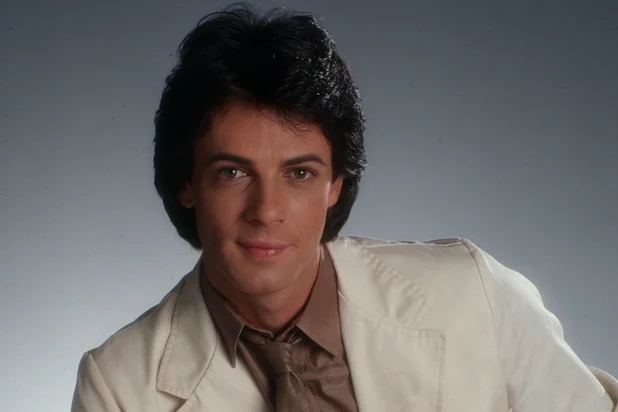
Known to millions as the charming Dr. Noah Drake on General Hospital, Rick Springfield’s leap into music was nothing short of legendary. Before his acting days, Springfield was already honing his skills as a musician in his native Australia, but it was the ’70s that would catapult him to fame. His 1981 album Working Class Dog, featuring the hit single “Jessie’s Girl,” turned Springfield into a household name in the music industry.
Before his mainstream success, Springfield had dabbled in music, releasing albums like Beginnings in the ’70s. Though these early albums didn’t chart as well, his passion for music remained unwavering. By the time he made the full transition from TV to music, Springfield had perfected his rock sound and crafted a string of hits that fans still remember. His success in both acting and music proved that he was a versatile artist who could excel in multiple fields, making him an enduring pop culture icon.
3. Sonny Bono: From TV Star to Chart-Topping Solo Artist
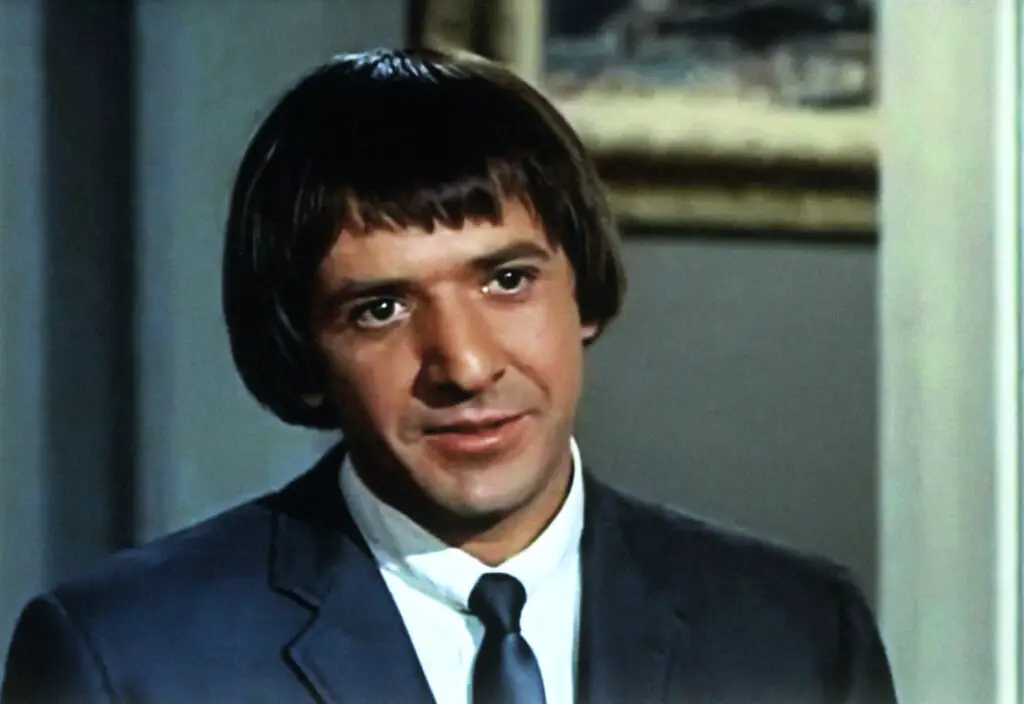
Sonny Bono was already a household name alongside his wife, Cher, in the ’60s, but by the ’70s, he found his own groove in the music world. After The Sonny & Cher Comedy Hour ended, Sonny took a solo turn and began his successful music career. His 1974 hit single “Half-Breed” was a chart-topping success, furthering his status as a prominent artist. The song blended pop and country influences, showcasing Bono’s versatility in the music scene.
Though he was initially known for his work with Cher, his solo career flourished in the ’70s, and he even ventured into politics later on. Bono’s music, filled with catchy tunes and clever lyrics, captured the public’s attention and demonstrated that the entertainer was capable of reinventing himself. His career transition was a natural evolution, and his contributions to both music and television have made him an enduring figure in pop culture.
4. Marie Osmond: From The Osmonds to Solo Stardom
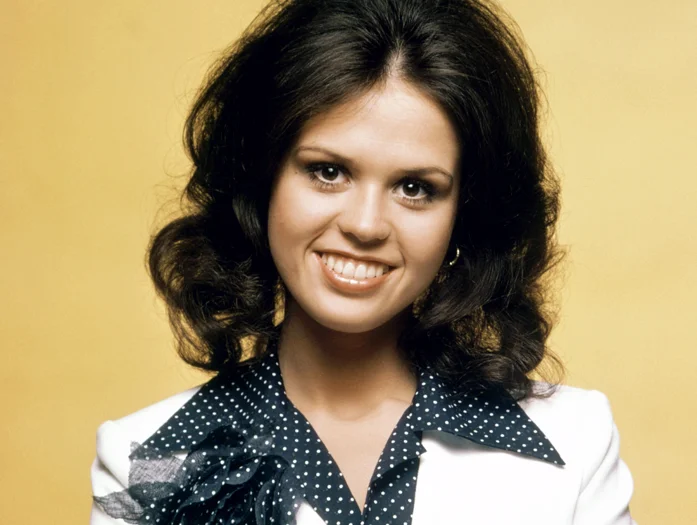
Marie Osmond, part of the famous Osmond family, was already a recognized name in the ’70s as a member of the Osmond Brothers group. However, it was her solo career that truly allowed her to shine as a musical force. With hits like “Paper Roses,” which topped the country charts in 1973, Marie proved she had the vocal chops to be a solo artist in her own right.
Her transition from family pop star to country music sensation was marked by both commercial success and critical acclaim. She released numerous albums throughout the decade, including I’m In Love and He’s In Texas, showcasing her ability to cross genres. As her career evolved, Osmond’s mix of pop and country melodies resonated with fans and solidified her place in the music world. Her impact on both TV and music remains a testament to her diverse talents.
5. John Travolta: From Welcome Back, Kotter to Disco King
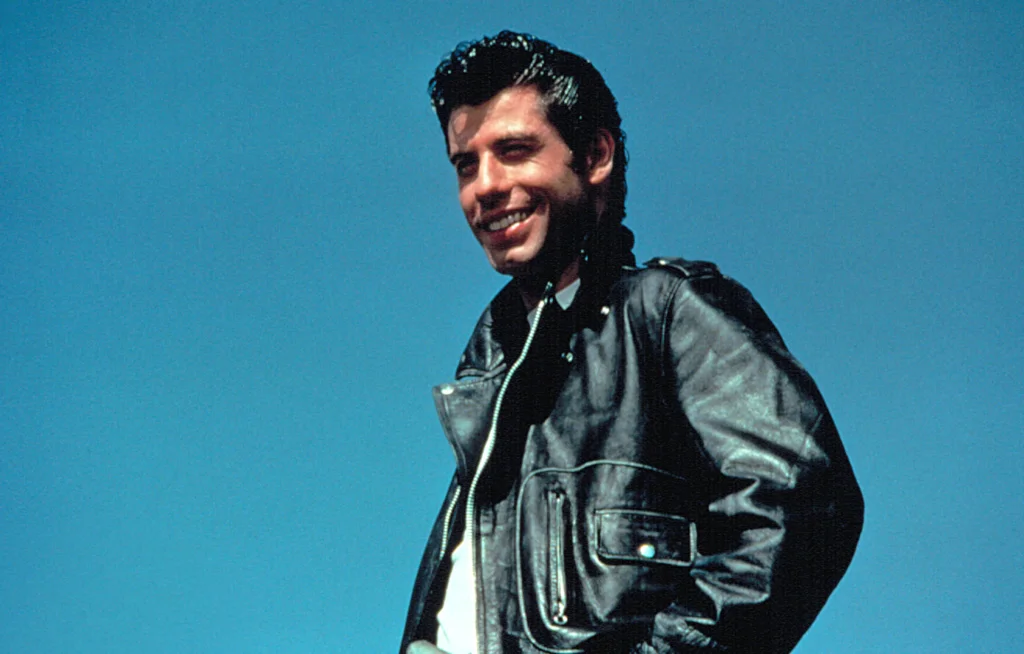
John Travolta had already made a name for himself on Welcome Back, Kotter before he became the king of the dance floor in the ’70s. His role in Saturday Night Fever in 1977 didn’t just make him a movie star—it also launched his music career into overdrive. The film’s soundtrack, featuring the Bee Gees and Travolta himself, became a defining moment of the disco era.
Travolta’s association with disco was solidified with his hit single “Let Her In,” which made waves on the charts in the late ’70s. Although his primary focus remained on acting, his musical success through Saturday Night Fever introduced a whole new fan base to his talents. Travolta’s foray into music was a natural extension of his on-screen persona, and it helped shape the pop culture of the time. With his unforgettable dance moves and the music to match, Travolta became a superstar who embodied the spirit of the ’70s.
6. Donny Osmond: From Teen Idol to Music Veteran
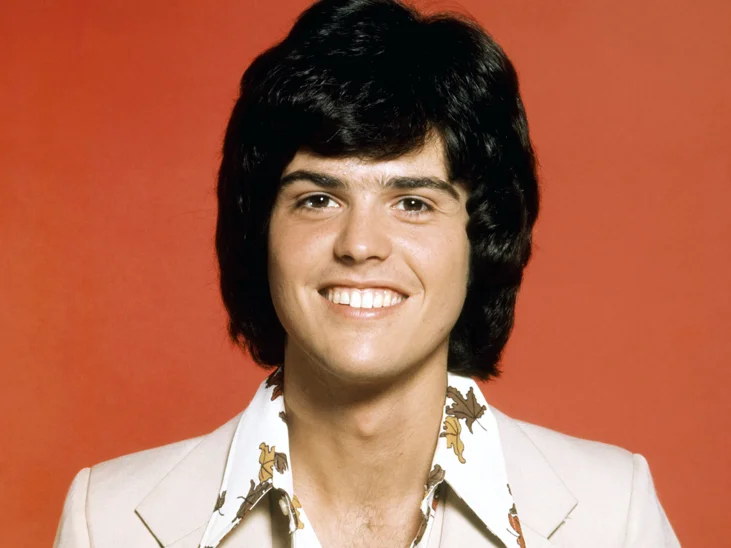
Donny Osmond was already a teen idol by the time the ’70s rolled around, with his smooth vocals and charming persona capturing the hearts of millions. But it was his solo music career that allowed him to break free from his family’s group dynamic. His 1971 hit “Go Away Little Girl” topped the charts, proving that he was more than just a teen heartthrob. Donny’s career in music grew throughout the ’70s, with songs that spanned across pop, rock, and even country influences.
His ability to maintain a loyal fan base as he matured into a more versatile artist allowed him to continue his career well beyond his early successes. Donny’s music reflected his growth, and he was able to evolve with the changing musical tastes of the era. The Osmonds may have been his family name, but Donny carved out his own legacy as one of the ’70s most prominent solo artists. His continued success in music and entertainment proves his lasting influence on the industry.


